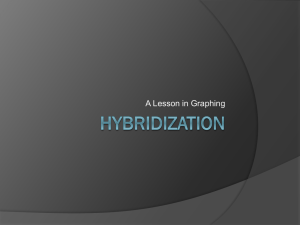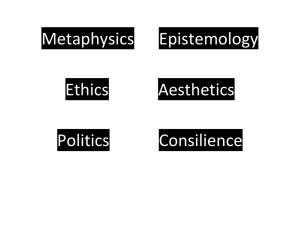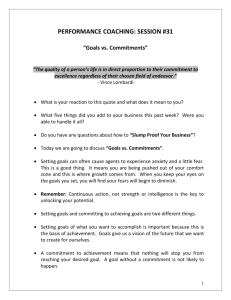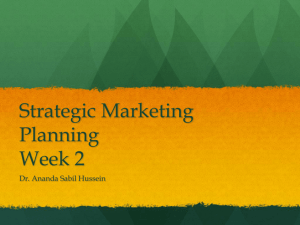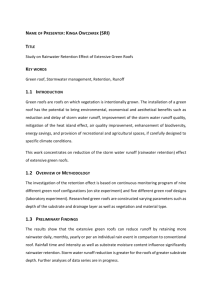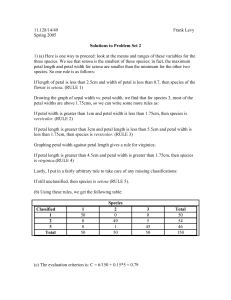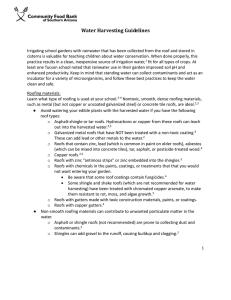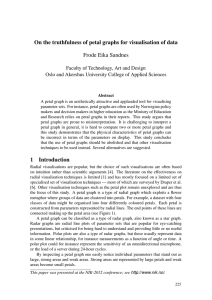final presentation seattle tower
advertisement
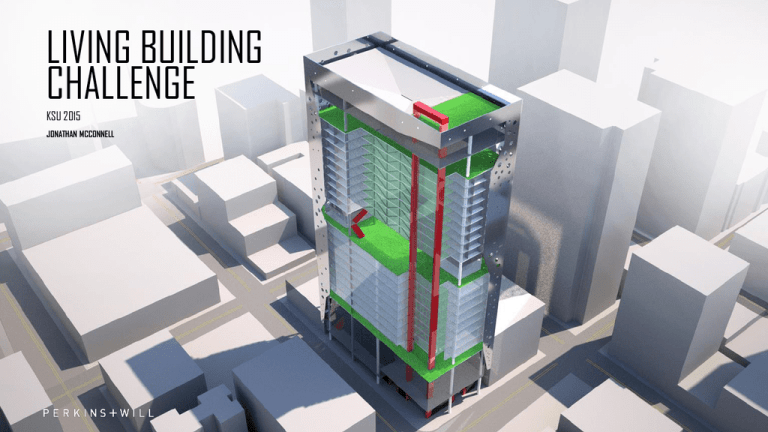
LIVING BUILDING CHALLENGE KSU 2015 JONATHAN MCCONNELL PLACE Key Imperatives 1. Local Urban Agriculture 2. Reflective Material pays homage to existing site 3. Residential Units either prioritize views to Space Needle or engage morning sun. 4. Conciseness + addition to program prevents decentralized nature of sprawl 5. Creation of community based on the pedestrian rather than the automobile ACHIEVING THE PLACE PETAL Reflective surface pays homage to the pre-existing context Urban agriculture possibilities Urban agriculture possibilities Residential units are oriented towards the east so the residents may rise to the morning sun, thus engaging circadian rhythms. Residential units face directly towards the Space Needle for premium views. EQUITY Key Imperatives 1. Equal access to sunlight, clean air, and water 2. Universal access provided to those with disabilities 3. Those who can’t afford expensive transportation can still fully participate in the major elements of society. 4. Inclusive terrace level shopping center/restaurant hub/gathering space fosters sense of community ACHIEVING THE EQUITY PETAL Centralized gathering spaces foster a distinct sense of community. Every inhabitant has equal access to sunlight, clean air, and water. Universal access is provided to those with disabilities. WATER Strategies Used 1. Water is collected on roof. 2. Untreated rainwater is used to flush toilets and water plants and green roofs. 3. Rainwater is treated on site and converted to potable water. 4. Greywater from showers and sinks are recycled to flush toilets and water gardens 5. Rainwater captured in cistern and absorbed in green roofs reduce runoff and strain on the city’s storm-water system 6. Water collected on roof cascades through the center of the building, down to the cistern, raising awareness regarding water preservation ACHIEVING THE WATER PETAL Rainwater is collected on the roof. The water in its untreated form can be used to flush toilets and water vegetation. Greywater from sinks and showers can also be repurposed toward the same ends. Part of the collected greywater will be treated on site and converted into potable water. The water captured on green roofs reduces runoff and alleviates some of the pressure from the city’s storm-water system. Although the collected rainwater is eventually stored in a subterranean cistern, before it makes its way there, it literally cascades directly through the building, raising awareness about the importance of finding alternatives to relying exclusively on city water. HEALTH AND HAPPINESS 1. Many units face East; residents rise to morning sun; circadian rhythm engaged 2. Double height fitness center with iconic rockclimbing wall added to the program 3. Masses are intentionally narrow to allow for maximum penetration of sunlight. 4. Building is made to feel as light and open as possible, avoiding feeling of claustrophobia 5. Special focus on open spaces with access to fresh air 6. Circulation/transition spaces made particularly pleasant with natural elements 7. Sense of community fostered by additions to program Strategies Used ACHIEVING THE HEALTH AND HAPPINESS PETAL Transition/circulation spaces are made as pleasant as possible, reversing the usually unpleasant commuting conditions present in a city. Adding to the program and providing extensive amenity areas allows one to function fully without leaving the building. In this way a strong sense of community is fostered. A double height fitness center with an dramatic street side rock climbing wall was added to the program specifically to promote health. Due to orientation, many residents rise to the morning sun, engaging their circadian rhythms. ENERGY Strategies Used 1. East/West shades block intense East and West sun & minimize intense solar gain. 2. Office mass maximizes its south facade to more directly control light/heat via horizontal overhangs 3. Green roofs provide additional insulation 4. Physical masses made as narrow as possible to allow for maximum penetration of sunlight and thus reduced reliance on artificial light ACHIEVING THE ENERGY PETAL East/West shades block the energy and heat intensive early morning/late afternoon sun, thus minimizing excessive solar gain. Green roofs provide an added layer of insulation. The Residential masses are made as narrow as possible to permit maximum penetration of natural light, thus reducing the need for energy-intensive artificial light. The office segment’s directlyfacing south façade is maximized, allowing for strong control over solar gain via horizontal overhangs. MATERIALS Strategies Used 1. Materials are locally sourced 2. No red-listed materials used 3. Materials with no/very low VOCs selected for use 4. Material selection contributes to building appearing as open and light as possible ACHIEVING THE MATERIALS PETAL Source as many local materials as possible. No red-listed materials are to be included in the project. Reduce off-gassing as much as possible by monitoring material VOCs. BEAUTY Strategies Used 1. Proportional relationships between volumes established 2. Selection of reflective material pays homage to the beauty of the surrounding city. 3. Green terraces and transition spaces provide pleasant juxtaposition to hardscape surfaces ACHIEVING THE BEAUTY PETAL Most classical definitions of beauty are related to proportion. Within the project, proportional relationships are forged to create a feeling of coherence. AERIAL VIEW OF NORTH CORNER AERIAL VIEW OF SOUTH CORNER VIEW FROM THE SPACE NEEDLE GROUND LEVEL_NORTH CORNER GROUND LEVEL_EAST CORNER STREET LEVEL VIEW TOWARDS ROCK CLIMBING WALL
